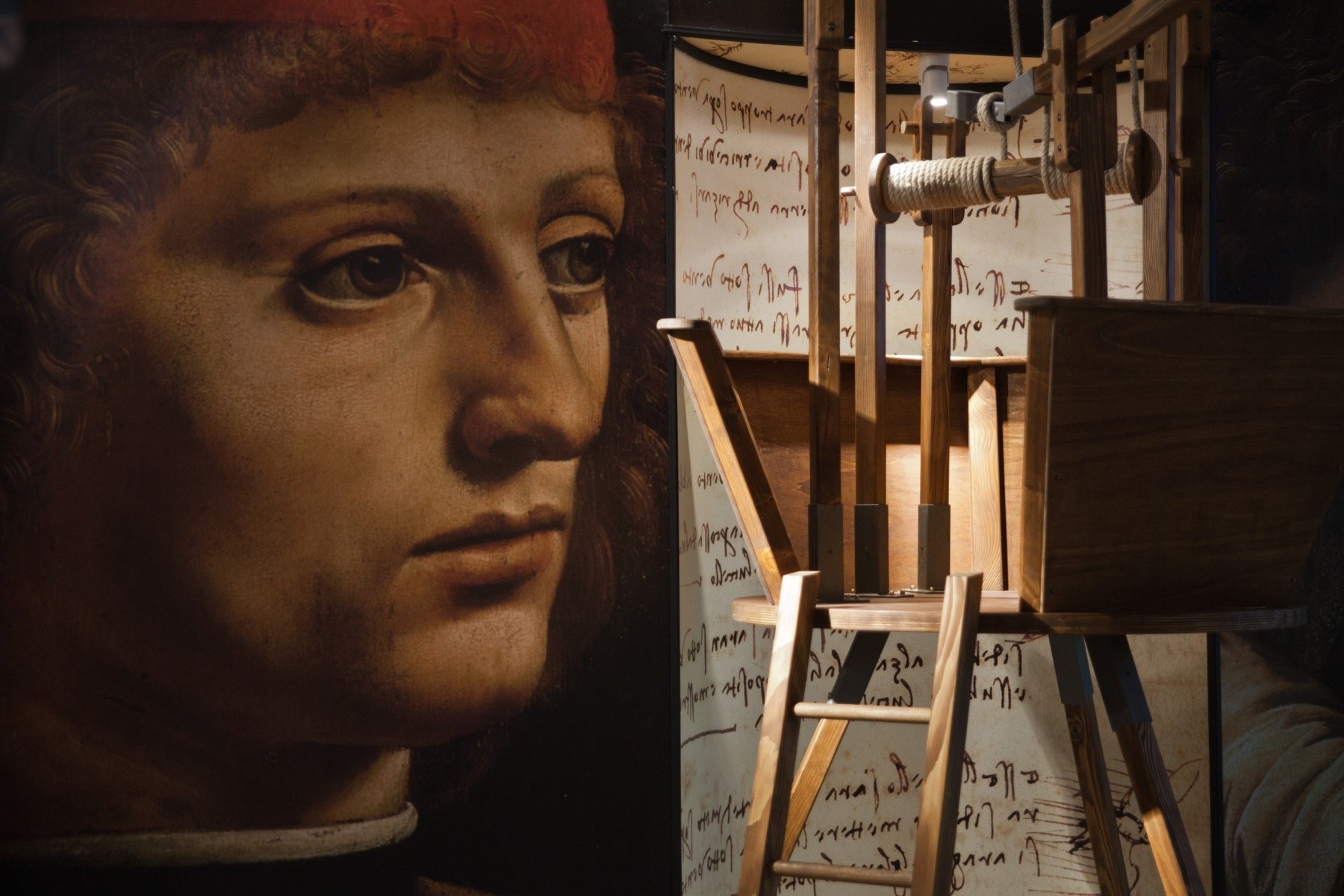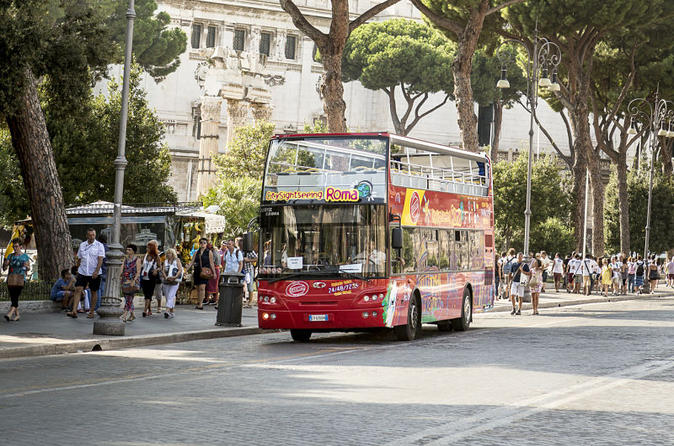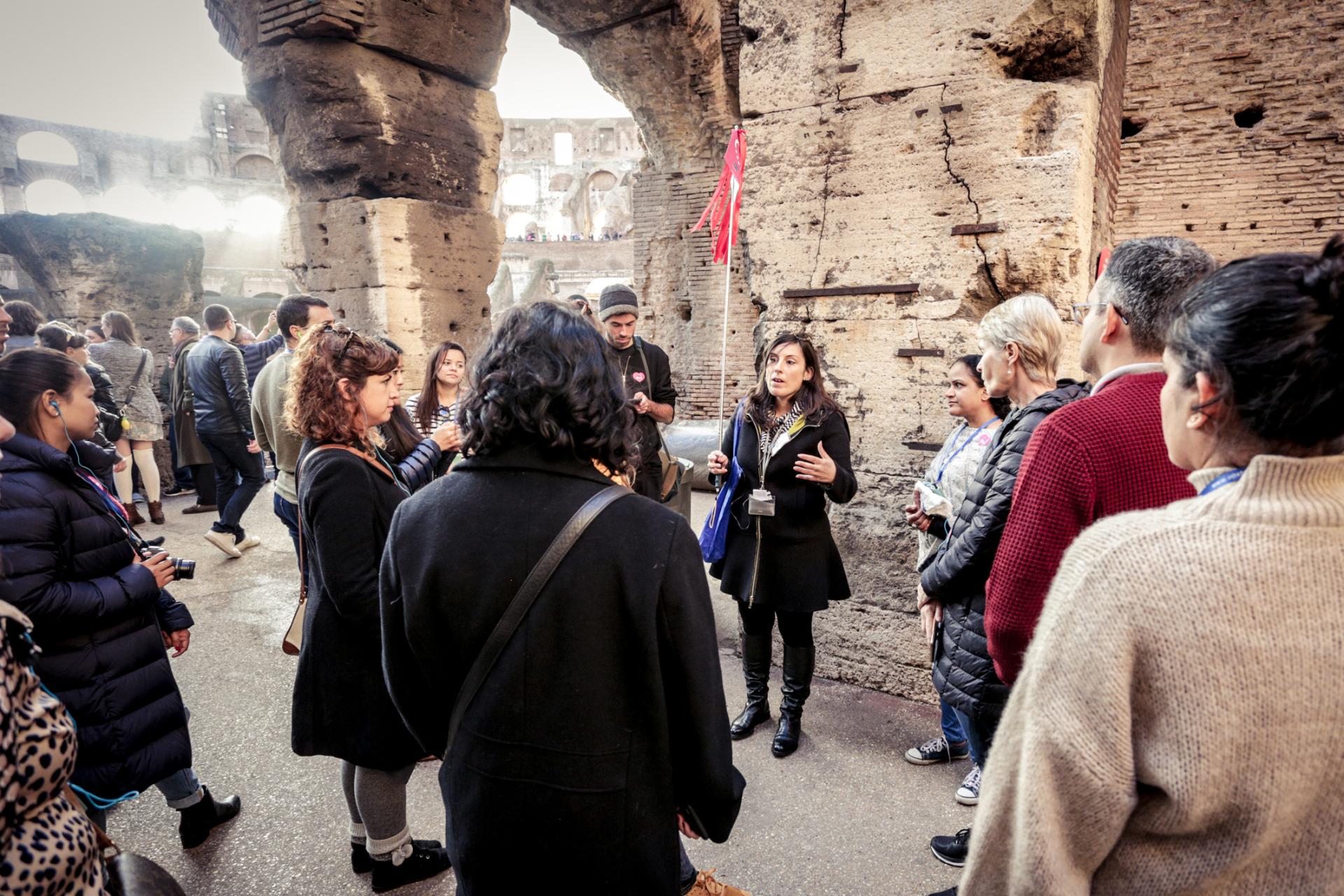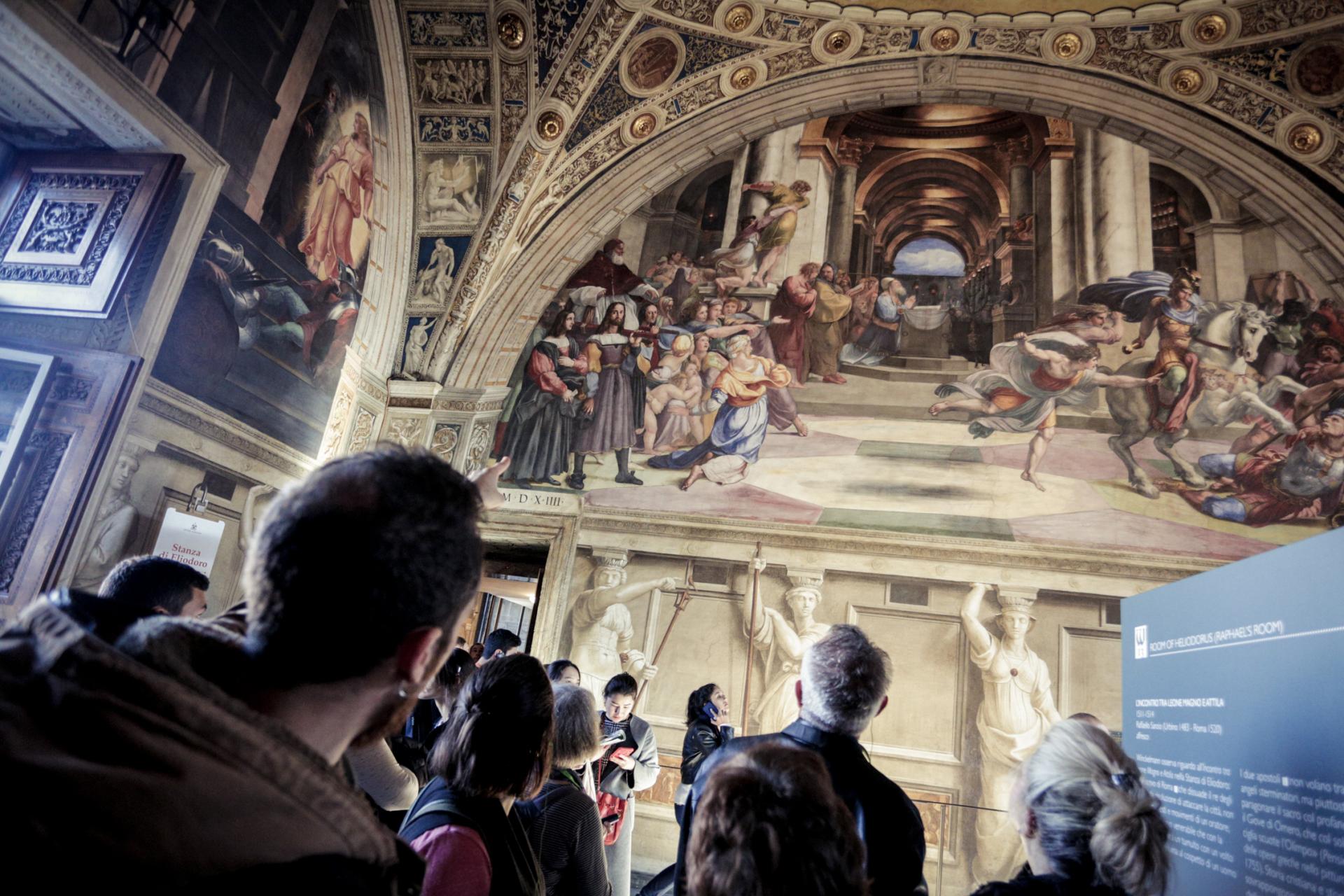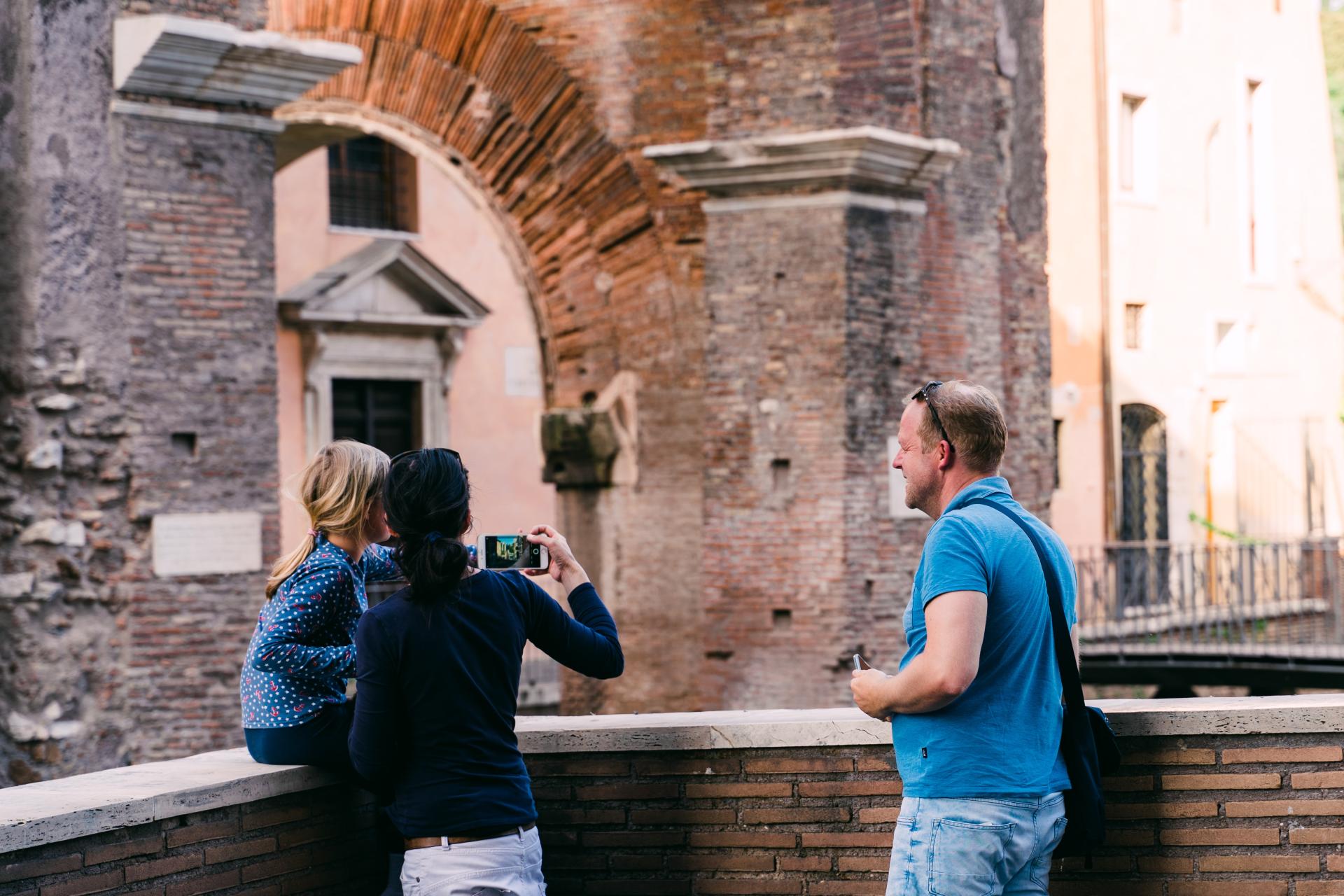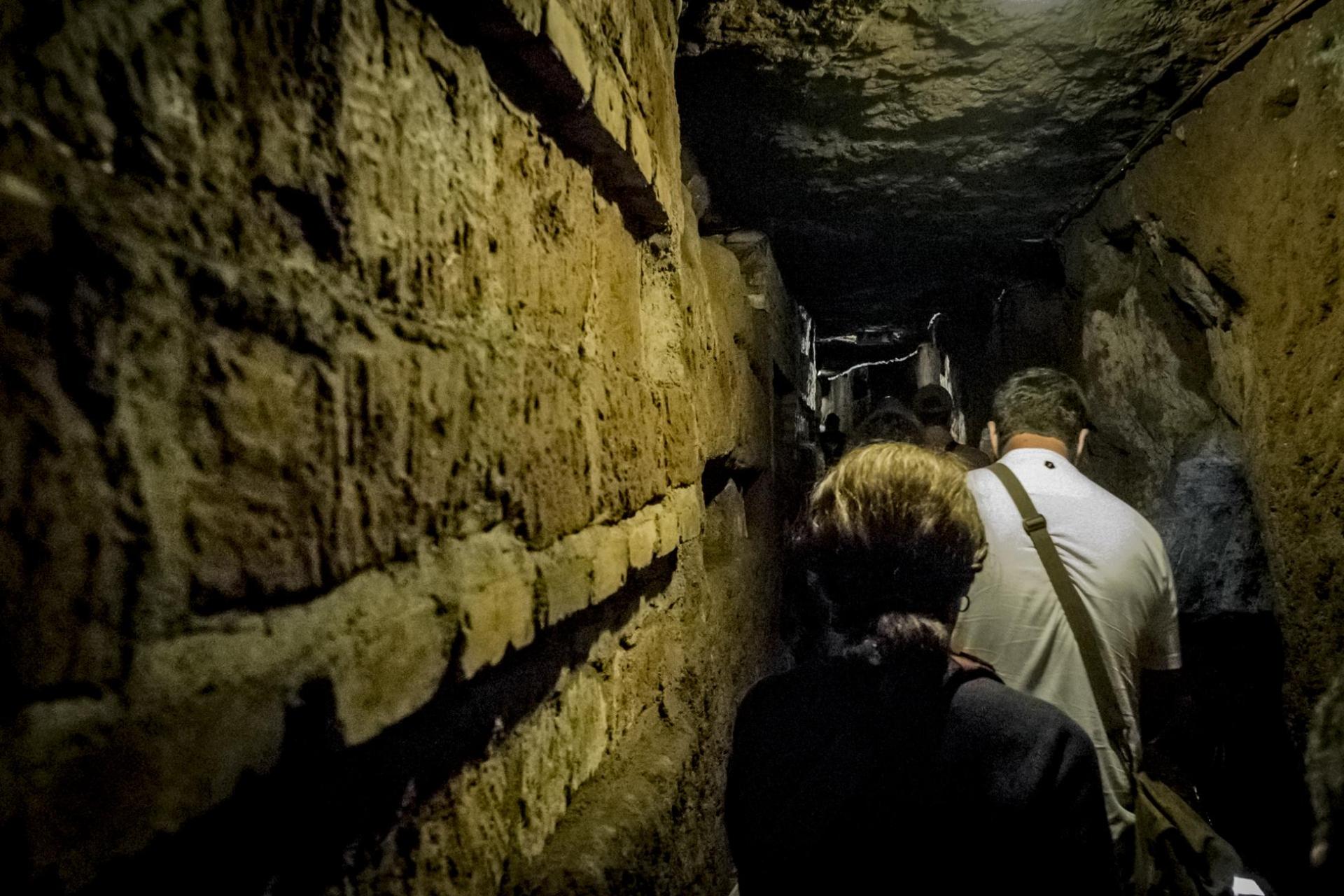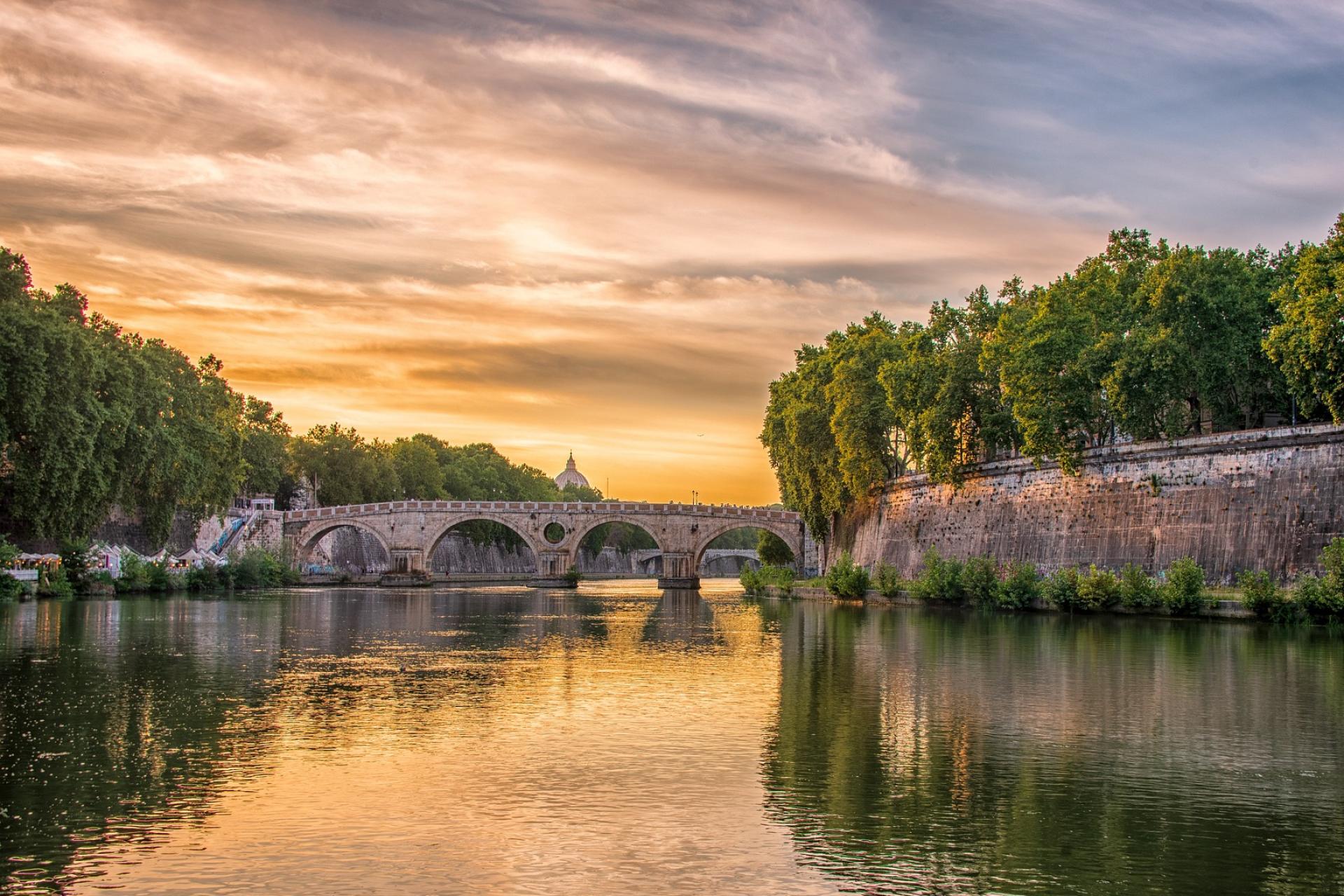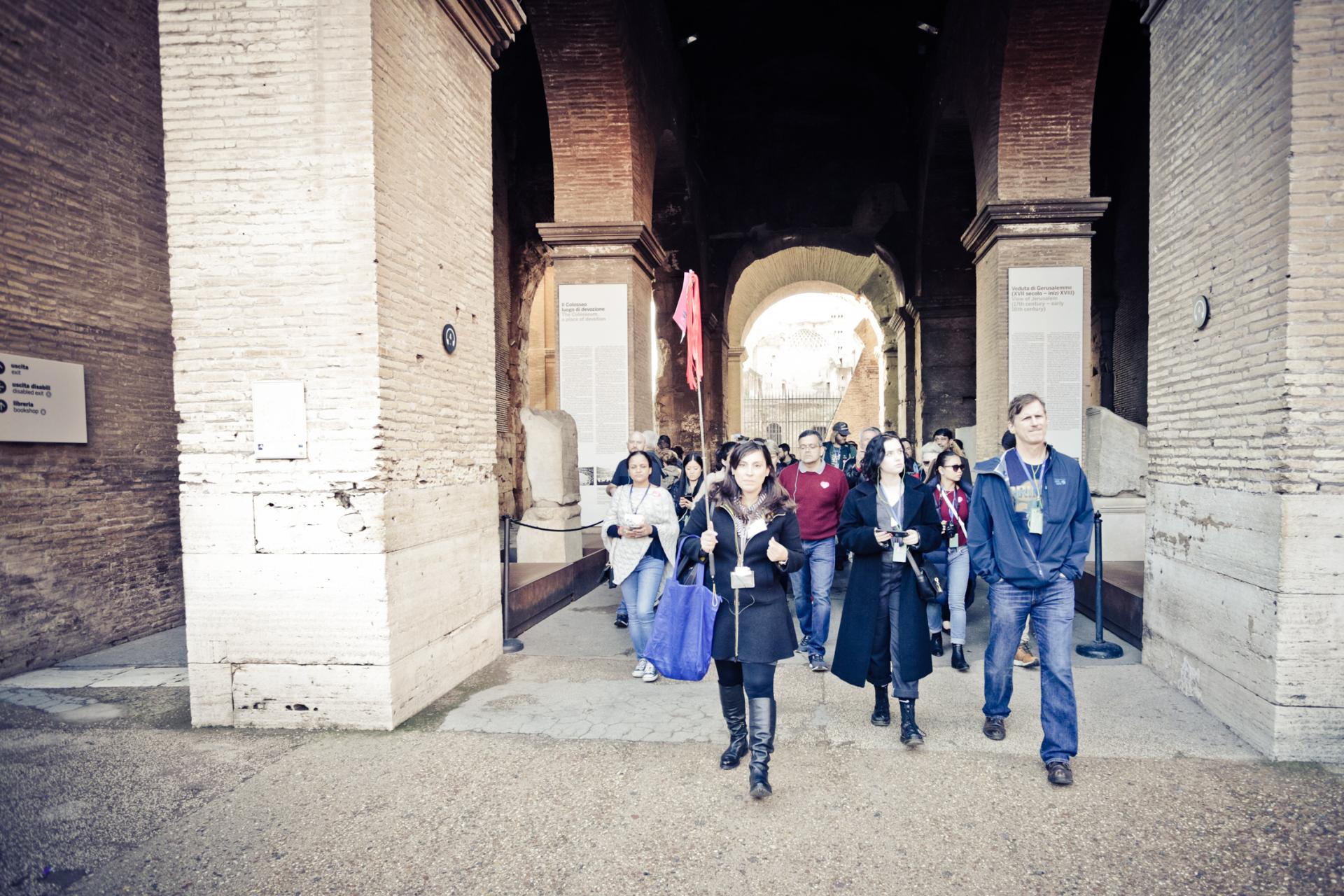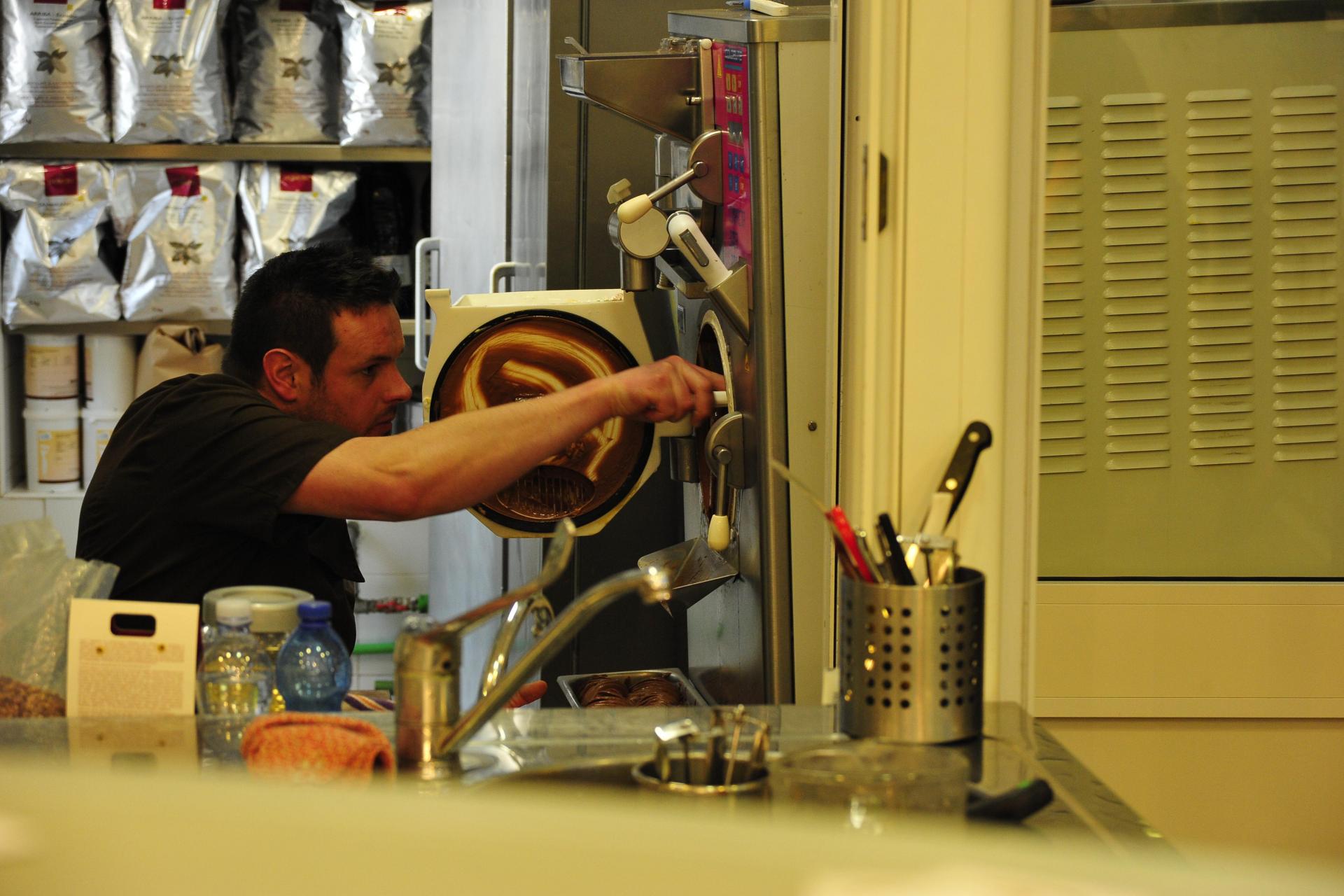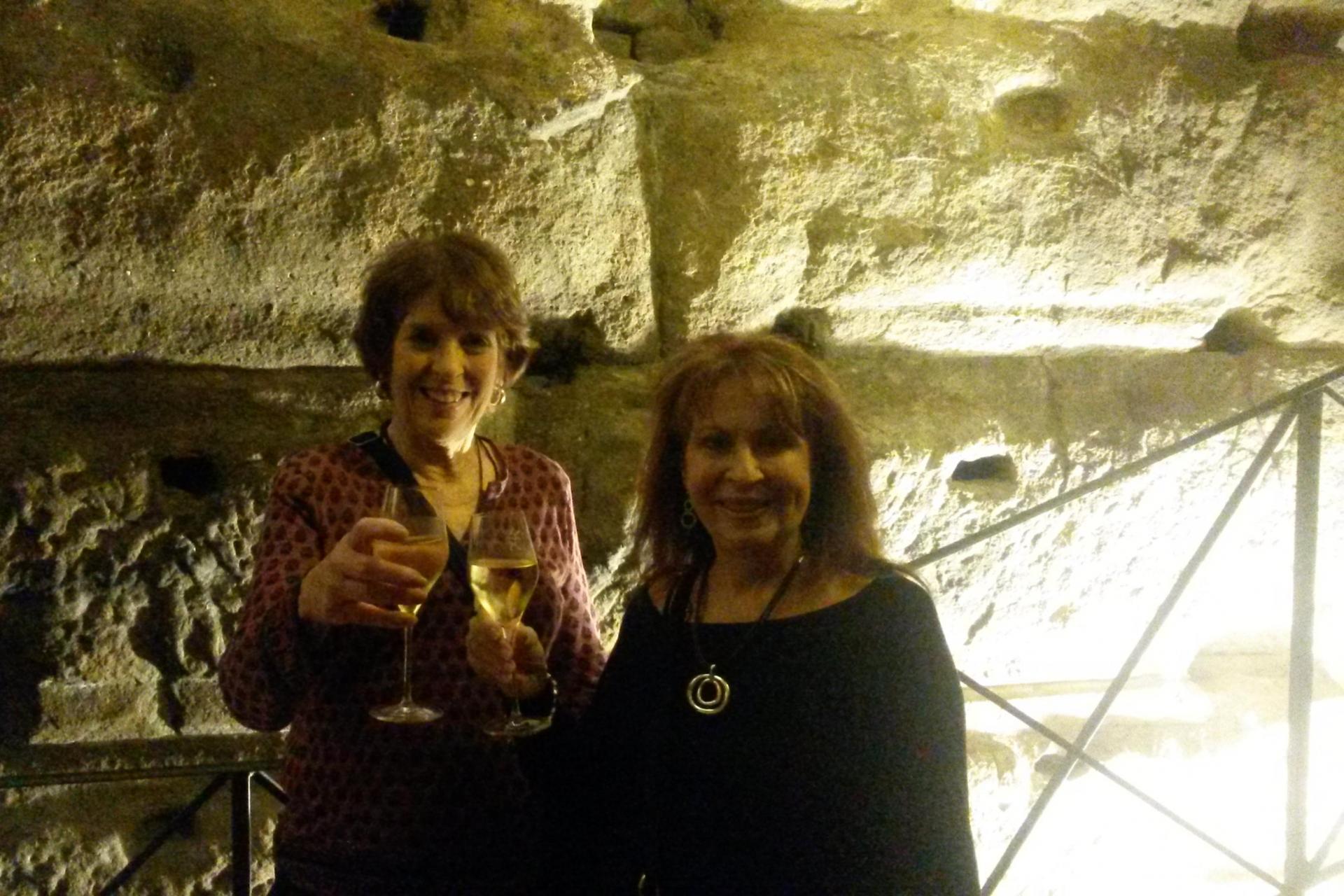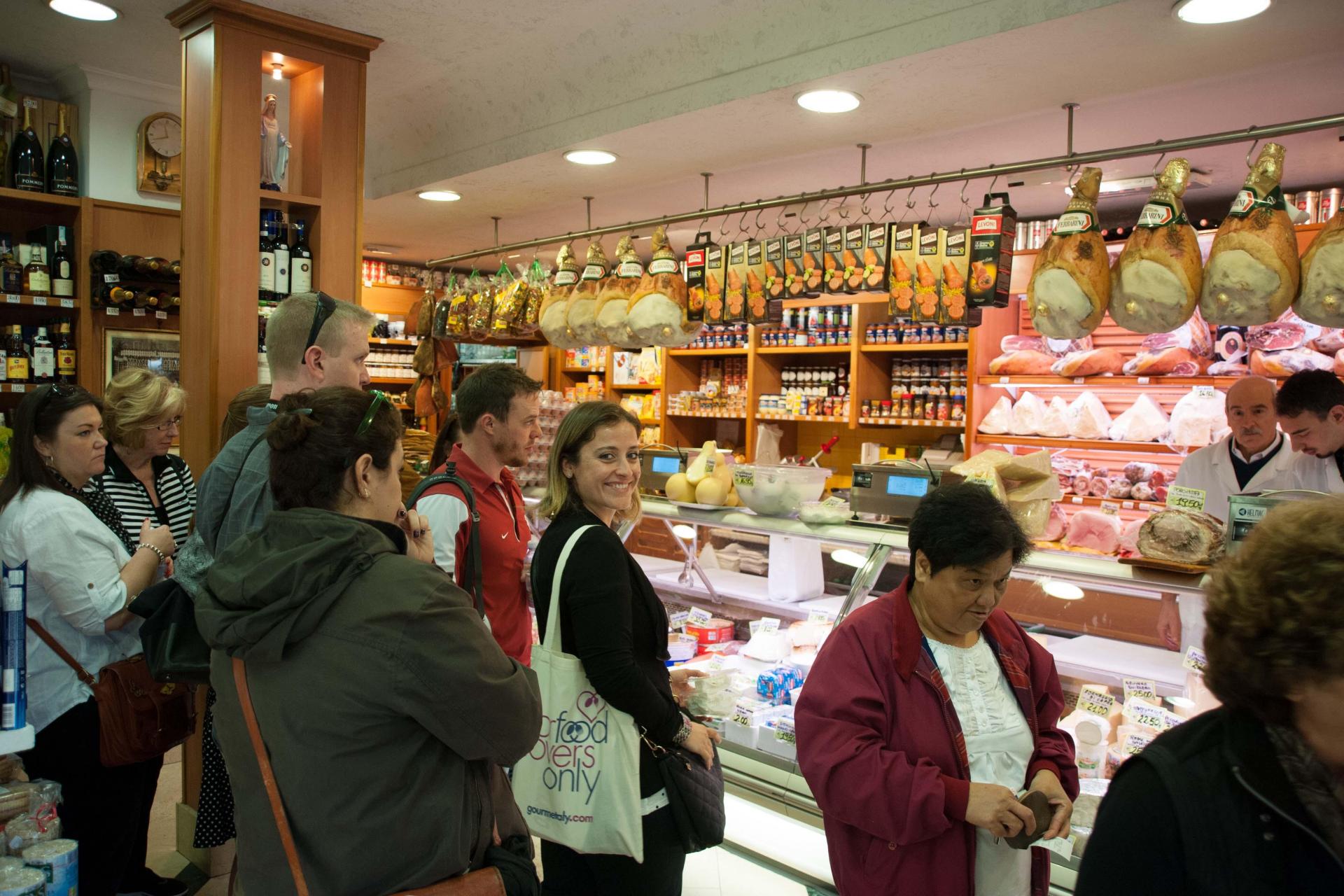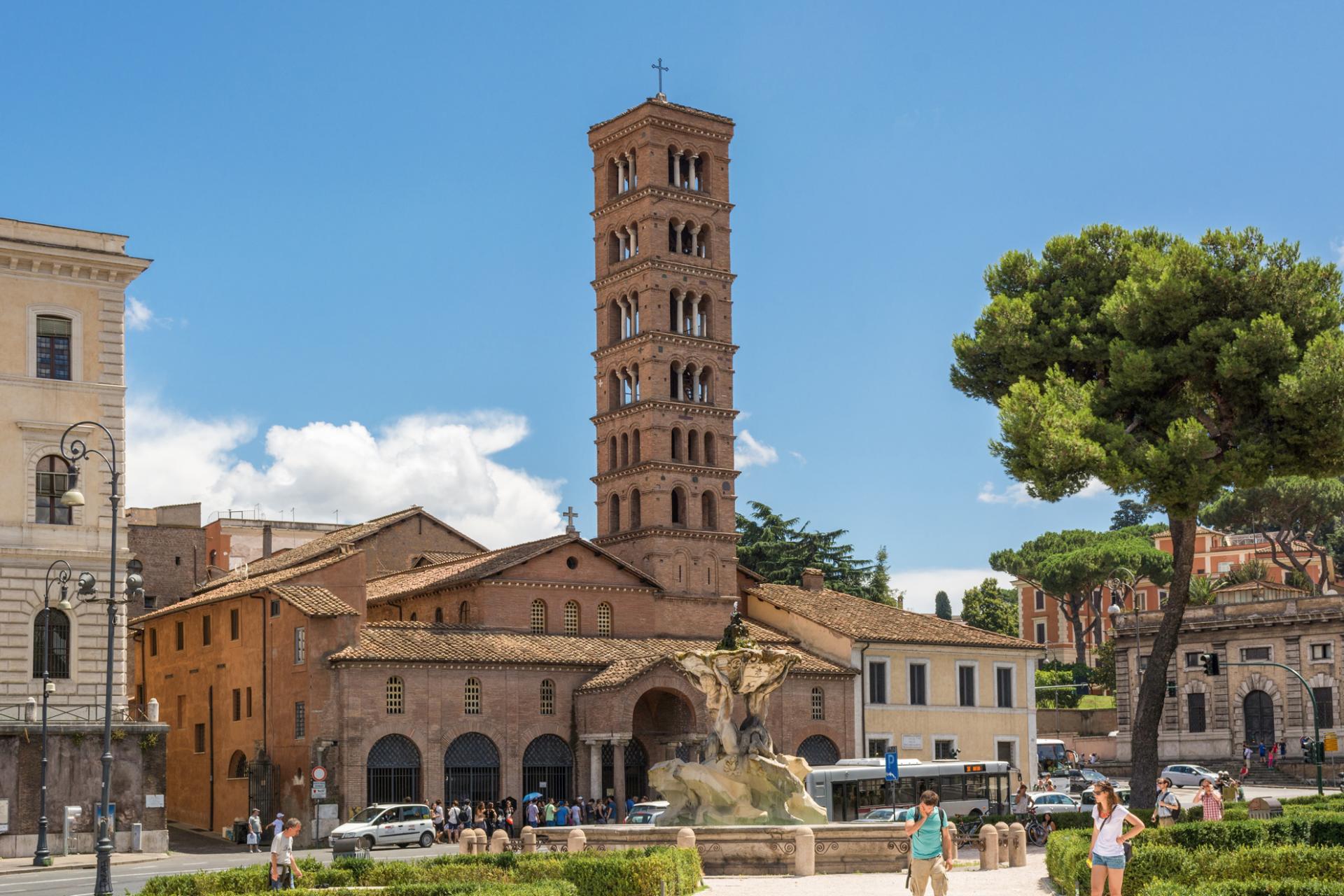"Rome is the capital of the world! In this place the entire history of the world is linked, and I count on being born a second time, of being truly risen, the day I set foot in Rome. Its beauties have raised me little by little to their height.” wrote Goethe in his Italian Journey.
And in Rome, indeed, “the entire history of the world is linked”. With its hundreds of monuments, churches, museums and archaeological sites, the capital city of Italy encompasses and recounts three millennia of history.
According to tradition, it was founded in 753 BC by Romulus, who won the favour of the gods at the expense of his twin brother Remus. From the Palatine Hill he founded the city that would later spread over the seven hills: Capitoline, Quirinal, Viminal, Aventine, Esquiline and Caelian, as well as the Palatine.
Through ancient times, the Middle Ages, the Baroque period and the Napoleonic era up to the Contemporary Age, Rome has been a protagonist and witness to history, changing its face as the decades and centuries have passed. Nowadays, it is the city with the highest density of historical, archaeological and architectural heritage in the world: 70 per cent of Italy's and 16 per cent of the world's cultural assets are housed here.
Its historic centre, delimited by the Aurelian walls, has been a UNESCO World Heritage Site since 1980.
You never stop discovering Rome: at every corner your gaze will catch a work of art, a small architectural treasure, traces of its millennial history.
But there are places that travellers from all over the world dream of seeing with their own eyes or, if they have already done so, wish to visit again.
Let's start with one of the unquestionable symbols of the Eternal City: the Colosseum, the largest Roman amphitheatre in the world and the most imposing monument of Roman history that has come down to us.
A few steps away is the Roman Forum, a vast archaeological area that was the beating heart of the political, social and cultural life of ancient Rome and whose architectural remains are still preserved. Then, strolling along Via dei Fori Imperiali you will be breathless when finding the Mercati di Traiano on the one side and the monumental structure of Altare della Patria on the other. The latter is a majestic white marble memorial erected in honour of Vittorio Emanuele II - the first King of Italy - and the fallen soldiers of the First World War.
It’s impossible to end a journey of discovery through ancient Rome without admiring the monumental architecture of Pantheon, the famous temple commissioned by Agrippa and rebuilt by Emperor Hadrian in its present form: the amazing concrete dome is the largest in the world, even larger than that of St. Peter's Basilica.
All the charm of Baroque Rome is released not far form here, in Piazza Navona, which stands on the perimeter of the ancient Stadium of Domitian: the protagonist is the Fountain of the Four Rivers, Bernini's masterpiece, surmounted by the Agonal Obelisk.
A few steps and you arrive at Lungotevere: from Ponte Sant'Angelo, commissioned by Hadrian, you can enjoy a breathtaking view on both sides of the city and reach another not-to-be-missed stop: Castel Sant'Angelo, conceived as a Mausoleum in honour of Hadrian and later becoming, in medieval times, a fortified bulwark to defend the city, on the other side of the Tiber.
Through the fortified corridor of 'passetto' you enter the Vatican State. Also referred to as the 'Capital of Two States', Rome is in fact the only city in the world to host a foreign state within its borders.
The Vatican is dominated by the majestic St. Peter's Basilica, to which visitors approach, welcomed by the embrace of Bernini's magnificent colonnade. The heart of Catholic Christianity houses priceless artistic and spiritual treasures, such as Michelangelo's La Pieta and Bernini's imposing bronze Baldacchino.
You cannot say that you have visited Rome without getting lost in the corridors of the Vatican Museums, which display an endless collection of works of art collected over the centuries by the Popes; every year, millions of people enjoy the masterpieces housed in the Sistine Chapel, made unique by Michelangelo's famous frescoes.
Rome boasts so many treasures in every corner: the Trevi Fountain, Piazza di Spagna and Trinità dei Monti, Villa Borghese, the Basilica of San Giovanni in Laterano, the Catacombs and Baths of Caracalla, Trastevere and the park of Villa Doria Pamphilj.
A city with thousands of faces, endless stories, to be discovered and rediscovered without ever losing the undeniable sense of wonder in front of beauty in all its forms.




